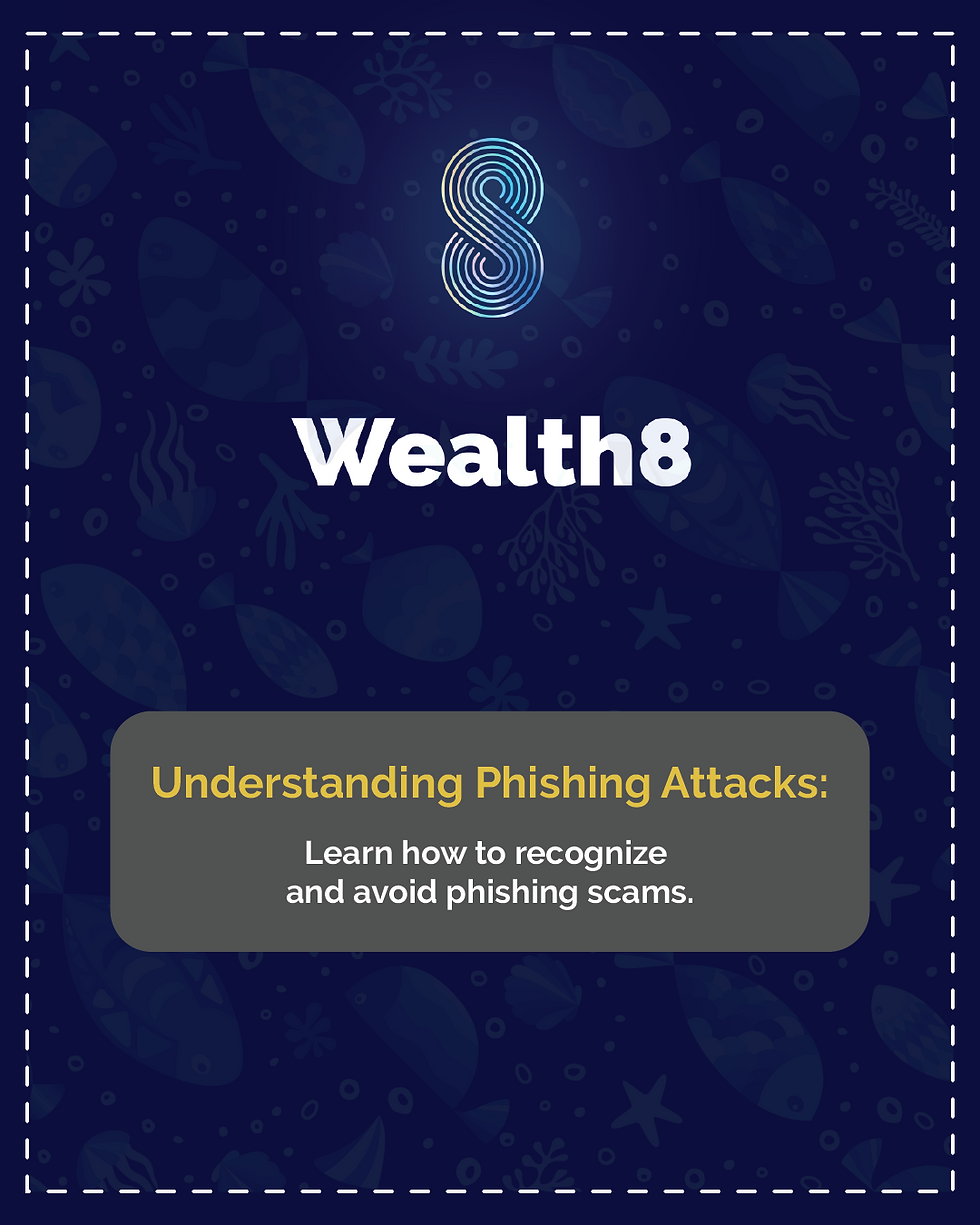The Good and Bad of “Buy Now, Pay Later” Services.
- david42834
- Feb 16, 2022
- 3 min read

Chances are that many more of us are shopping online in these days of Covid-19 lockdowns! So, you must have come across the option to “buy now, pay later” (BNPL) BNPL financing services are as simple as they sound — they allow you to defer payments for goods and services purchased online, from a few weeks to a year and to spread out the payments over a number of small payments. BNPL services are on the rise.
A survey by Freeze Debt found that over half (54%) of Brits use ‘buy now, pay later’ services and that 60% of people do not actually consider these schemes as “real debt”[1]. During the lockdown this year, Klarna, a BNPL provider and the popular fintech company amongst millennials in Europe reported a 20% increase in new UK merchants using their payment portal[2].
This could be interpreted as due to the fact that BNPL services cushion the financial uncertainty that consumers face which could adversely affect their shopping habits. With 60% of people not regarding money owed to BNPL services as “real” debt and 20% of young adults considering BNPL companies as being different from credit card debt[3], there is a cause of concern about how these services are being used and perceived.
Anything can be misused, and financial services are no exception, especially debt services. Let us consider the pros and cons of the BNPL sector:
The Good
BNPL services are interest and fee free, meaning if effectively used, they can be a cheap way to borrow money and are an affordable way to handle emergency payments. However, the ease of access to this form of credit means that debt can be accumulated quickly and has to be paid back within a specific time frame. For “serial returners” who are prone to recurring returns and refunds for items purchased online, it can be a great option to buy things without making a full payment immediately in case one decides to return the item later, so you don’t have to deal with waiting for a refund once the return has been processed.
The impact on ease of spending facilitated by BNPL services has been a boost to some retailers. For many small to mid-sized businesses (SMBs), especially in the economic downturn, BNPL solutions have the potential to drive sales by making merchandise more affordable[4].
The BNPL industry is expected to grow by about 9.8% in the next five years and expected to reach $1.1 billion[5] in sales.
The Bad
Although BNPL services are initially interest and fee free, late payments usually result in a negative credit score. As a last resort, most BNPL providers, can opt to file late or missed payment reports with credit reference agencies. Also, defaulters will be passed to a debt collection agency with further damage to one’s credit score.
BNPL services are still a form of borrowing, albeit slightly different from traditional credit card services; it is still money owed that will eventually have to be paid back. The ease of accessing BNPL services online often results in consumers using it to buy non-essential goods or services, especially designer clothes, shoes and gadgets, which may not be considered the best long-term investment as they will depreciate in value.
The key thing is using the option to ‘Buy Now Pay Later’ with caution, especially when it is for goods or services that one wants, rather than what one really needs.
External links




Comments